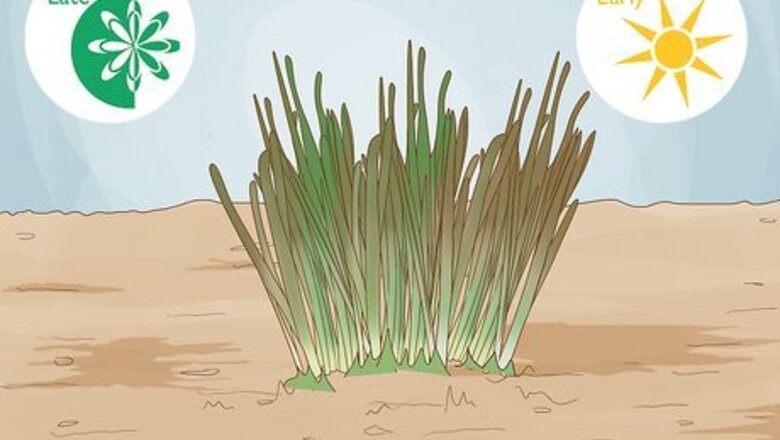
views
Dividing Daffodils
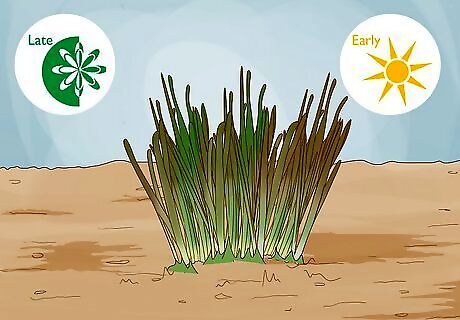
Divide and transplant daffodils at the end of the growing season. Wait until the growing season is over before you begin. When the growing season is over, the foliage will wither away and turn yellow or brown. This usually happens in the late spring or early summer. If you wait much later in the year you may not be able to find your daffodils, as the plant will be dormant and any visible signs of it hidden under the ground. Because of this, try to take action when there’s still some of the plant visible above ground.
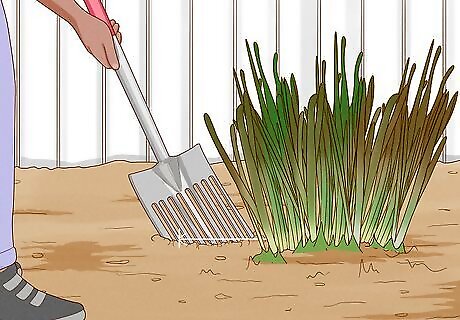
Dig up the daffodil bulbs without damaging them. Use a garden spade to dig up the bulbs, being careful to avoid damaging them. You’ll want to dig quite a long way from the plant to avoid slicing through it accidentally. Bulbs are usually planted pretty deep, and over time daffodil bulbs can wriggle a bit lower into the soil, so expect to dig to about the depth of an average spade.
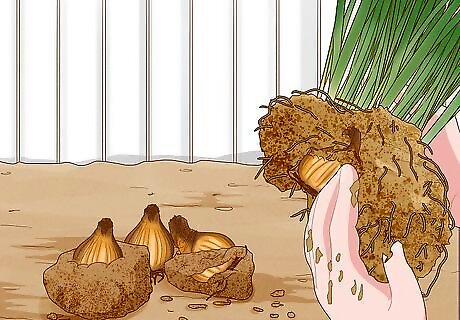
Gently separate the daffodil bulbs. Once you locate the bulb, gently part it from the earth as carefully as possible, trying not to damage any roots. Gently separate the bulb clumps by twisting and pulling them apart with your fingers. Keep as many of the divided bulbs (also known as offsets) as you want to replant. The very smallest offsets may not flower within a year. Discard any that are damaged, mushy or show any signs of rot.
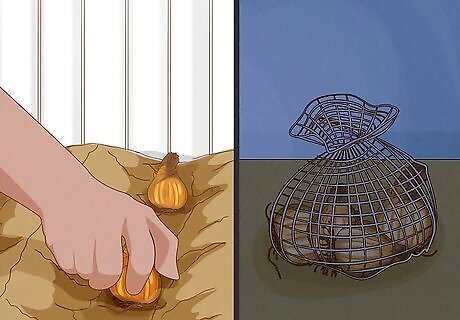
Replant the daffodil bulbs as soon as possible. It’s best to replant the bulbs fairly quickly if you can, although they should be fine for several weeks out of ground if delay is unavoidable. Store any bulbs you aren’t planting immediately in a cool dry place. One ideal way to store them is in a paper bag in a dark corner of a garden shed.
Transplanting Daffodils Outdoors

Find a sunny spot in the garden to replant the daffodils. Find a new spot in the garden for your divided daffodil offsets. They will prefer a sunny patch, although they’ll tolerate partial shade for some of the day. A daffodil plant needs to receive at least three hours of sunlight per day.
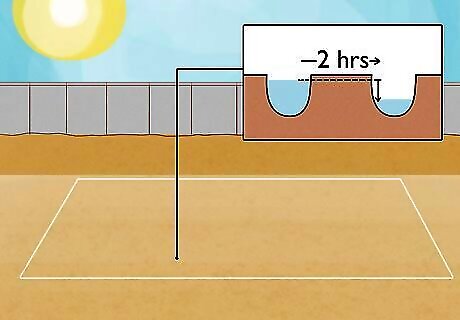
Plant the daffodil bulbs in well-drained, composted soil. Daffodils need a well-drained soil, so try to avoid planting them anywhere that puddles form and don’t easily drain away. Daffodil bulbs rot easily in wet ground. It’s a good idea to incorporate plenty of compost or organic matter, such as well-rotted horse manure, into the soil. If you aren’t sure how much to use, cover your soil to a depth of 2 to 4 inches (5.1 to 10.2 cm) with the manure and then mix it with the existing soil. If your soil is clay heavy and tends to retain water, you might may want to add some grit into the soil to improve drainage.
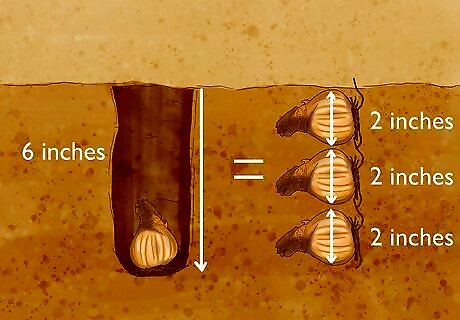
Plant each bulb in a hole three times as deep as the width of the bulb. To plant each bulb, dig a hole three times as deep as the bulb is wide—that’s around 6 inches (15.2 cm) in depth for a 2 inch (5.1 cm) bulb. If you can, add a trowel full of compost to the bottom of the hole for the bulb to sit on. Put the bulb in the hole with the pointed end facing upwards. Fill the hole with soil and water well. You might like to top-dress (add a top layer) of fertilizer or mulch.
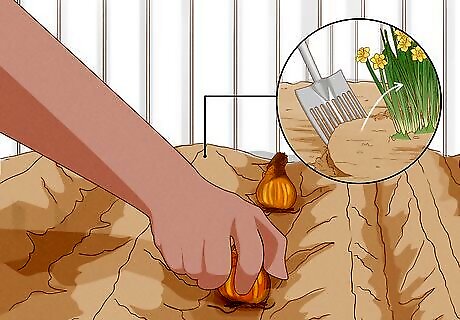
Plant any remaining bulbs back in the original location. Now go back to the area where your bulbs were growing originally and replant the bulbs using the same approach. Having such a crowd of bulbs in this patch may have taken a lot of the nutrients from the soil, so it’s especially important to refresh the ground with fertilizer in this spot.
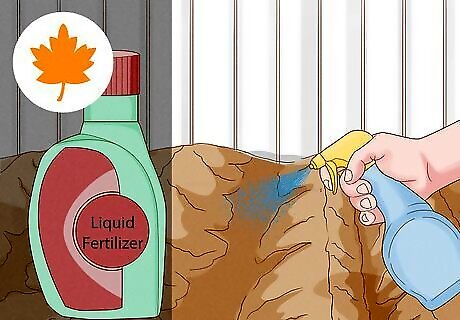
Feed the transplanted bulbs with a water-soluble fertilizer. In the fall, give your transplanted bulbs a good feed with a water-soluble fertilizer. During the fall the roots are most actively growing, so the fall feeding will help your transplanted bulbs get established in their new home. All bulbs will appreciate an annual top dressing of fertilizer or mulch.
Transplanting Daffodils Into a Container
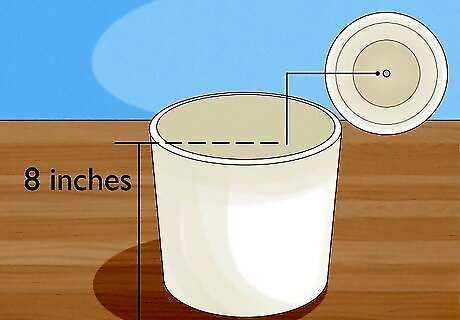
Plant daffodil bulbs in a deep pot with good drainage. You can also move daffodil offsets to a container. Try to choose a deep pot to give their roots plenty of room (at least 8 inches). The pot should have drainage holes.

Use bulb compost or regular potting compost. Bulb compost or regular potting compost will work well for daffodils in pots. Fill the pot so that it is about two-thirds full, and plant the bulbs pointed end upwards. The bulbs should be close but not touching. Cover the bulbs with soil and water the pot.
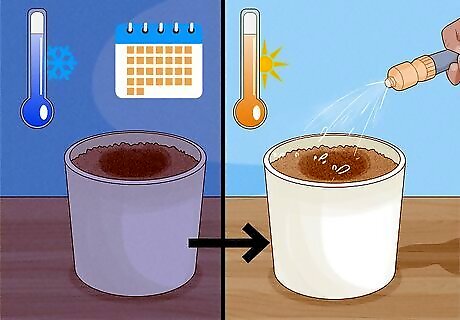
Keep the pot in a cool, dark spot for the first few months. Move the container to a cool dark spot such as a shed or cellar for a few months rather than bringing it into a warm home. Continue to water it and bring it out into a warmer, lighter place after about three months. It’s best not to put containers of daffodils in a warm location as this inhibits flowering.
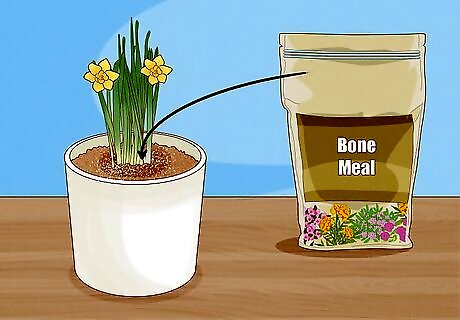
Fertilize potted daffodils with bone meal. After flowering, top dress your container with a fertilizer such as bone meal (this is pretty stinky so you may not want to keep it in the house!).

Replant fresh bulbs each year. Daffodils should survive three years in a container but won’t be as good after the first year. For best results, plant the spent bulbs outside after the foliage dies back and replant your container with fresh bulbs for the following flowering season.
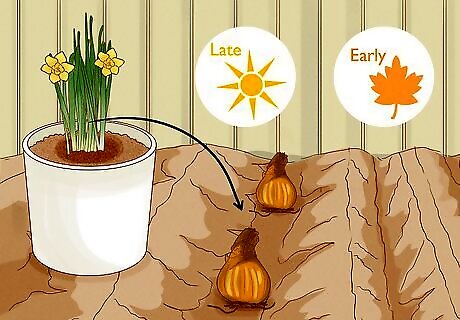
Transplant daffodils from a pot to the ground. Indoor planted daffodils and those previously planted in containers can be moved to the outside for planting in the ground. The best time to do this is after they flower and when the foliage has died back. This will typically be in the late summer or early autumn. Follow the steps outlined in Method 1 to transplant your daffodil bulbs.













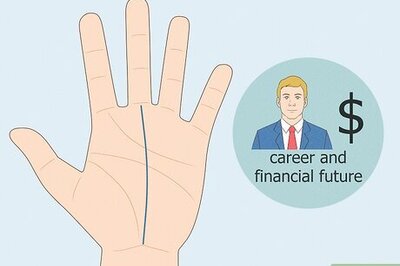
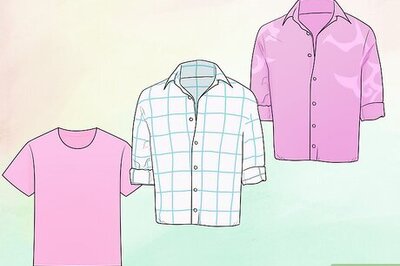
Comments
0 comment